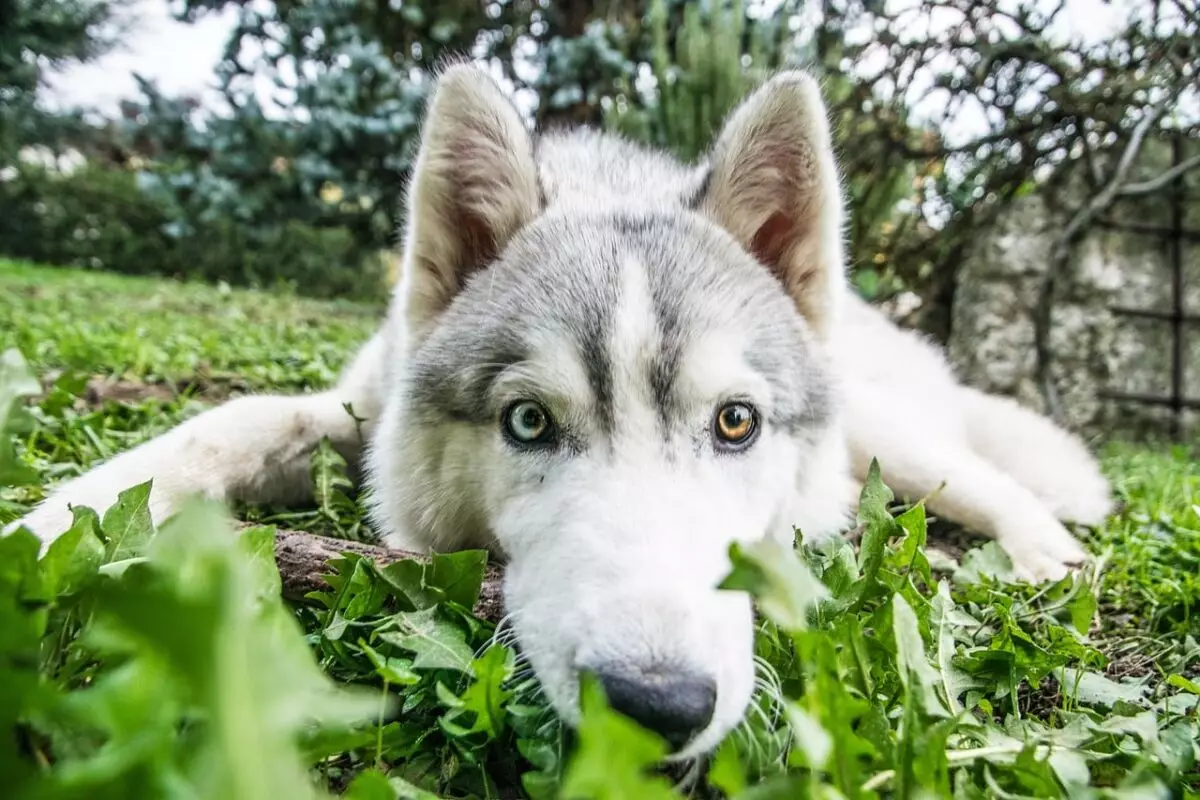Training dogs can often feel like navigating a minefield, especially when faced with breeds that showcase a distinct personality and a certain level of independence. Disobedience in dogs, rather than indicating a lack of intelligence, frequently reflects their unique character and spirited nature. For many dog owners, the journey with a stubborn pet can be both rewarding and challenging, encapsulating moments of frustration interspersed with profound joy. Ultimately, many dog owners discover that the key to building a harmonious relationship lies in understanding and adapting to their pet’s unique traits rather than attempting to change them entirely.
The Afghan Hound: A Graceful Rebel
Take the Afghan Hound, for example—a breed celebrated for its beauty yet infamous for its independent spirit. These dogs possess a certain aloofness that, combined with their intelligence, can create a perception of disobedience. When an Afghan Hound chooses to ignore a command, it’s often less about disobedience and more about their desire to march to their own beat. This breed embodies the essence of a free spirit and can be seen as more akin to felines in their behavior than traditional canines. Observing an Afghan Hound reveals a profound lesson: beauty can indeed come packaged with a stubborn heart.
Basenjis: The Barkless Nonconformists
Basenjis exemplify the notion of selective obedience—their charming lack of barking masks a stubborn streak that can baffle owners. Highly intelligent yet fiercely independent, a Basenji often won’t heed commands unless it aligns with their personal agenda. This unique dynamic makes them a challenge for novice dog owners, who may find themselves grappling with the dog’s unique way of interpreting the world. Their selective listening can test the patience of trainers, but it’s essential to recognize that enticing these dogs to participate often requires innovative methods rather than traditional training techniques.
The Lovable Bulldog: Masters of Relaxation
In stark contrast, Bulldogs offer a comical perspective on independence, choosing to lounge rather than comply with commands. They embody a laid-back lifestyle that sometimes makes training feel like an uphill battle. This breed’s reluctance to jump into action often masks their intelligence; it’s just filtered through an indifference to speed and urgency. The inherent stubbornness is less a refusal to learn than a declaration of their preference for comfort over compliance. Bulldogs, with their goofball demeanor, remind us that sometimes it’s about enjoying life’s slower moments, even if obedience takes a backseat.
The spirited Jack Russell Terrier showcases how intelligence can often be paired with a fierce independent streak. This breed is a powerhouse of energy and mischief, often prioritizing their instinctual chase over command adherence. Engaging with a Jack Russell requires not only a wealth of patience but also a commitment to consistency. Owners quickly learn that reinforcing desired behaviors while respecting their independence can lead to a more cooperative training experience. Understanding their nature is crucial—Jack Russells thrive when they feel stimulated both physically and mentally, making the training process feel like a shared adventure rather than a directive.
When it comes to training, few breeds exemplify independence as vividly as the Siberian Husky. These dogs, renowned for their stunning appearance and high energy, possess an innate desire to explore and assert their individuality, often translating into disobedience during training sessions. Harnessing the Husky’s intelligence while managing their independence can indeed be a daunting task for any pet owner. The essence of training a Husky lies in channeling their exploratory instincts into structured activities that satisfy their curiosity while fostering a sense of obedience harmoniously.
Stubbornness is not exclusive to larger breeds. The Dachshund, characterized by its long body and big personality, inherently believes in its autonomy. Bred to hunt, their instinctual drive often clashes with obedience training, presenting unique challenges. Likewise, Beagles, Shiba Inus, and Pekingese display similar traits, requiring owners to engage deeply with their pets’ psychological motivations. Learning to navigate these challenges often leads to a more profound bond, grounded in mutual respect and understanding.
In reflecting on the nuances of training stubborn dog breeds, it becomes abundantly clear that disobedience does not equate to a lack of intelligence. Each dog brings a unique blend of traits shaped by their history, instincts, and personalities. The journey with a stubborn canine can be profoundly enriching, allowing owners to grow alongside their pets. Acceptance, patience, and an emphasis on fun can transform training from a chore into a gratifying partnership. Ultimately, the quirks and obstinacy of these dogs teach us resilience, deepen our compassion, and remind us that while training may take time, the love shared is always worth the effort.


Leave a Reply